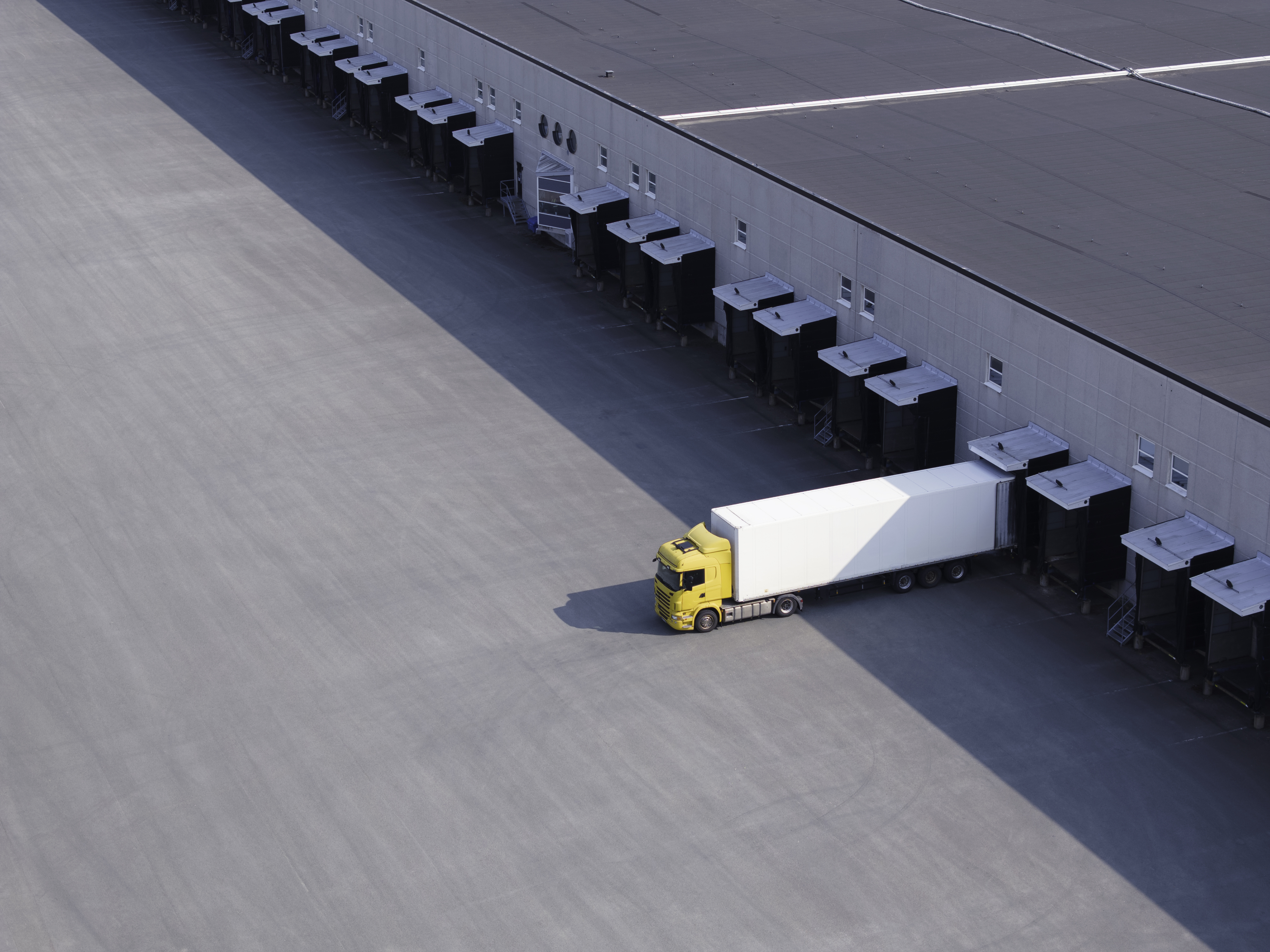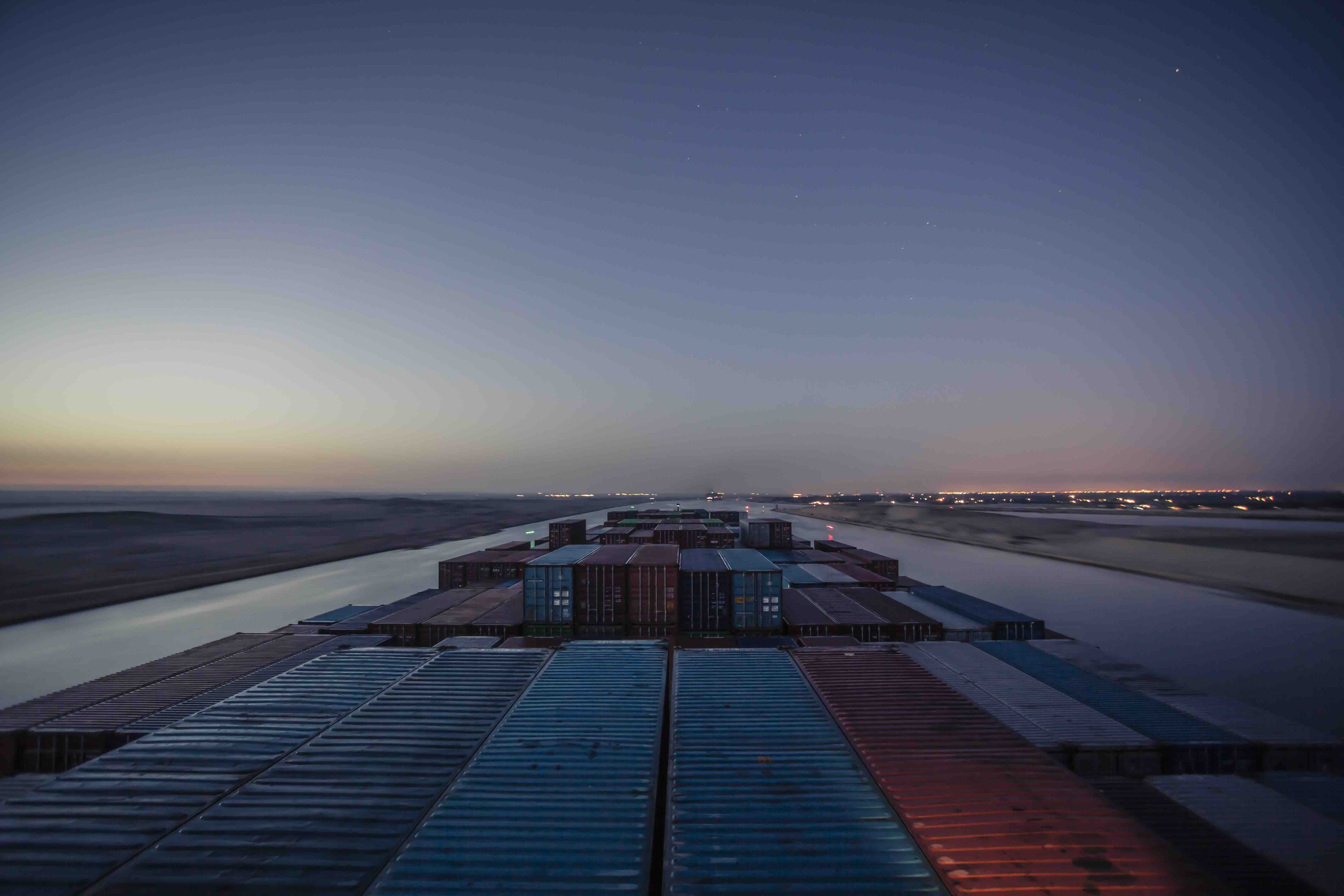
Shipping companies are undeniably facing an increase in operating costs, but massive overcapacity and intense competition are going to make it difficult for them to pass on these additional costs through higher freight rates.
Our annual forecasting exercise is once again taking place in a highly uncertain environment but the few constants we can see could lend credence to one thesis rather than another. Reader can consider these factors according to the particularities of their own activities, using this standard picture to evaluate their own positions and risk management policies.
Before looking at our three scenarios, let us review the factors influencing the environment in which the container shipping sector is operating.
1/ The new inflationary factors pushing up freight rates
There are a certain number of factors which are tending to push up freight rates. Here we offer a non-exhaustive list.
The economic environment
- Market concentration is increasing the power of the biggest international forwarders. They are looking for substantial profit margins in 2025 and have, therefore, set themselves high freight rate targets (perhaps too high given the economic conditions on some markets).
- Even though inflation has slowed, we can expect wide-ranging increases in port dues and charges for services like moorage assistance, pilotage, towage and dredging. Terminal handling charges are also due to increase sharply almost everywhere in the world in 2025, as operators seek to recoup the inflation they have had to deal with in recent years.
- As for fuel, the sanctions taken against the "ghost" fleet transporting Russian oil are set to be strengthened. That could reduce Asian demand to some extent and lead to some tightening of the balance between supply and demand from time to time on open markets like Rotterdam and Singapore.
Geopolitical risk management
- Middle East: on Asia-Europe routes, use of the Cape of Good Hope route as a means of avoiding Houthi attacks on ships transiting via the Suez Canal represents around $1,000 in additional fixed costs per container. At the time of writing, there is nothing to indicate that there will be a return to the Red Sea in the near future, despite the apparent weakening of Iran's international position.
- Russia-Ukraine war: the Russian-Ukrainian conflict represents a threat to the safety of ships and crews in the Black Sea. The impact of the conflict on container shipping worldwide is slight. In the Black Sea area, however, it is having a strong impact and is affecting not only Ukraine but also Romania, Bulgaria and, to a lesser extent, Turkey.
- Asia: China's relations with some of its neighbours, particularly Taiwan and the Philippines, is highly conflictual and this is helping to maintain tension on the market, beyond the areas of transit directly concerned.
Safety and security
- Container shipping faces a higher risk of cyber attack, as digitalisation continues to make ground and shipping's strategic role as an instrument of sovereignty is increasingly recognised. Faced with this threat, the sector is having to make massive investments, which we reckon adds tens of dollars to unit transport costs.
- The development of electric vehicles and the electrification of society in general is increasing demand for transportation for lithium-ion batteries. These represent an additional fire risk. The risk of a thermal chain reaction is still very much under-appreciated and no pertinent international regulatory response has yet emerged. The insurance companies will probably have to increase their premiums. Here again, it will probably mean paying 10 or so dollars more per container to cover the additional risk, which does not only pertain to ro-ro traffic.
- The fight against drug trafficking, which is gangrening the modern container shipping sector, is becoming a major concern for the shipping companies. From a legal point of view, they can longer hide behind the "said to contain" clause to exempt themselves from responsibility for the contents of the FCL/FCL containers delivered to them by their clients. For investigation purposes, the companies now need to prove that they that they have set up suitable checking procedures and allocated the funds required to sustain them. This puts another ten or so dollars on the cost of transporting a container.
Environmental questions
- The decarbonisation of shipping requires a ship design and green fuel research and development effort to come up with the technologies for which the shipping companies are at once clients and suppliers. The acceleration of the energy transition, which has been made necessary by the urgency of the climate threat, represents tens of dollars more per container, without taking into account the cost of purchasing the "green" fuels, which will, at least initially, be rarer and more expensive than oil distillates.
- We are experiencing extreme climate phenomena increasingly frequently and port zones and installations are very vulnerable to them, as has been seen recently in Shanghai and Valencia. This generates additional operating costs, which, one way or another, will be passed on to the cargo side. Climate instability now has a cost which will need to be budgeted for on the purchasing side.
- Public policies could become stricter as a mean of promoting real modal switching, which, currently, is still largely at the good intention stage. In France, this issue is very much on the agenda in relations to inland container transportation, even if no firm decisions have yet been taken. If parliament succeeds in channelling more containers off the roads via new legislation, however, pick-ups and deliveries will become more expensive. Once again, this will add tens of dollars to unit costs.
If we take all these cost increases together, operating costs per container could rise by USD500 per container on Asia-Europe routes and by USD1,500 per container if the Cape of Good Hope route is used rather than the "normal" Suez Canal route.
2/ Deflationary factors
The overcapacity crunch
- The vessels ordered by the shipping companies during the post-Covid years are now arriving on the market in large numbers, particularly on Asia-Europe routes. In 2025, this trend will continue, with more than 10 mega container carriers due into service. Given cargo volume forecasts, they are going to be very difficult to fill.
- MSC is continuing its headlong rush, with a phenomenal number of new ships on order, accompanied by a virtually systemic drying up of the second hand and ship charter markets. This frantic race for additional capacity, which began four years ago, was not supposed to produce ships for the transportation of fresh air.
- Average ship age is increasing, and demolition rates are at a record low, which is a clear sign of abundant global capacity.
The recomposition of the shipping alliances
- The new shipping alliances, which are due to come into operation from February 2025 on, are going to want to be competitive and to carve out a real presence on the various markets they serve. While the new system is being set up and positioning itself for a long-term role, it is highly likely that additional market share will be gained by various operators.
- The Federal Maritime Commission in the United States aims to guarantee a form of pluralism, along with competitive conditions and low rates. The United States has a culture of "legitimate" interventionism in this area, as was proved by the FMC's surprise request for additional information from the Premier Alliance on 6 December.
Trade war
- As things stand, the prospect of an increase in customs duties in the United States under the new Trump administration has led to a flood of early orders and an increase in freight rates. However, I am one of those analysts, certainly not in the majority, who think that the increase in customs duties will lead in the long term to lower transport costs as a means of compensating for the increase in the cost of merchandise. A movement of this sort, which is more psychological than founded in real market conditions, was seen on the transpacific market in 2018 and 2019.
Geopolitical context
- On Asia-Europe routes, a return to safe navigational conditions in the Suez Canal and the Red Sea is an unlikely prospect in the first quarter but a much more likely one over the year as a whole, supposing that Iran starts to totter. If this happens, the turnaround in the market will be extremely violent and the overcapacity problem will become devastating. In this case, the shipping companies are very likely to market slots aboard their ships at below-cost rates.
CONTENTS
- Scenario 1: MSC dominates the market and the other shipping companies try to keep up with it
- Scenario 2: MSC's dominance is restrained
- Scenario 3: The return of the United States as a maritime power
Please enter your details below to download the Scenarios for container shipping in 2025:
Our latest articles
-
5 min 12/12/2025Lire l'article
-
2025 review of road transport in Europe
Lire l'article -
Return of shipping via Suez: the surprising silence of shippers
Lire l'article


